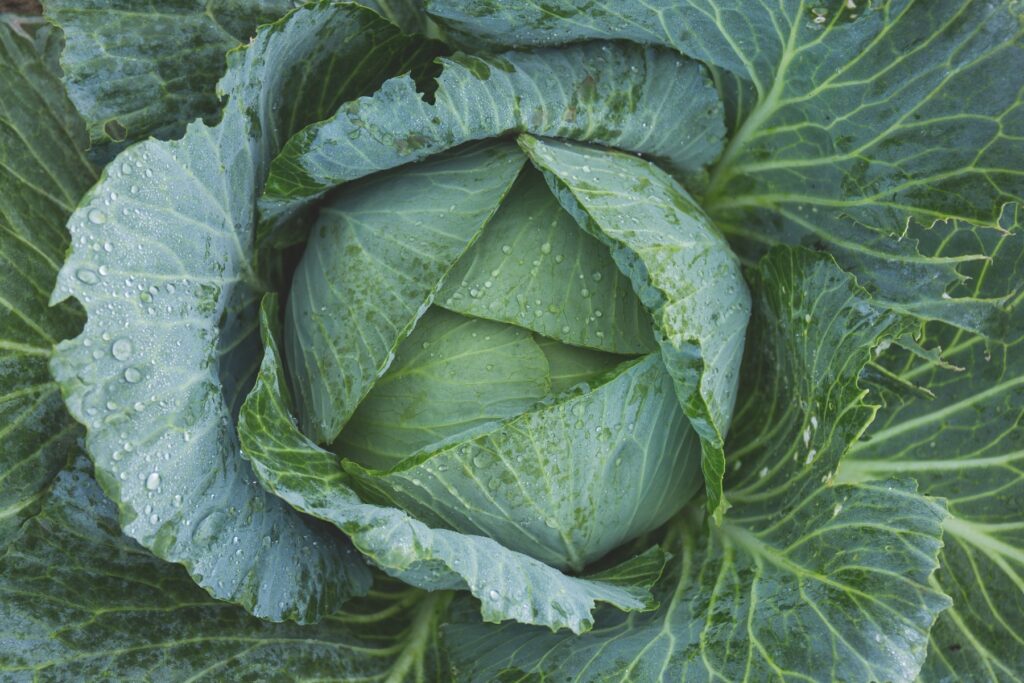
Brassicas are a family of vegetables which include cabbages, cauliflower and broccoli. With the exception of cauliflower, they’re fairly easy to grow as long as you keep an eye out for pests and disease. If you’re new to growing brassicas here are our team’s top tips:
Sowing and growing brassicas
For a summer crop, most brassica seeds should be planted in early spring at a depth of around 0.5 inches (1.25cm) with a spacing of 6 inches (15cm). You can start them off in the greenhouse or indoors, and cabbages and broccoli will be ready to transplant when they get to 2.5-3inches high (6-8cm). Brussels sprouts need to hit 6 inches high (15cm). Don’t forget to harden them off, and water well before transplanting.
If you’ve planted outdoors, keep your seedlings well protected under glass after the risk of frost passes. Choose a sunny or partially shaded spot and always cover the bed or vegetable plot with netting to ensure that birds don’t eat the seeds and shoots. Caterpillars can also be a problem so keep an eye on your crop and use mesh or fleece as needed.
Feeding and caring for brassicas
As with most vegetables, brassicas require a good level of nutrients so make sure that your soil is deep enough. Some roots can travel down as far as 2 feet (60cm), so be prepared! If you’re keen to give your crop the best start, consider using our Topsoil Supreme which is mixed with 10mm peat free green waste compost, ensuring a good balance of rich nutrients including nitrogen.
Once the shoots are up you can always add a layer of mulch or eggshells around the plant. This will act both as a deterrent to slugs and other crawling pests, and suppress any weeds.

Harvesting
Depending on the variety of brassicas, they should be ready from July. For broccoli, look out for well-formed flower shoots but harvest before the buds have opened. Cut any brassicas close to the ground using a sharp knife. Other crops including winter and spring cabbage, Brussels sprouts, early and late varieties of broccoli, autumn and winter cauliflower, kale, kohlrabi, swede and turnips should be ready from October well into the next year. Remove Brussels sprouts from the stem a few at a time and pick any kale from the crown to encourage new side shoots and leaves.
Once you’ve harvested your brassicas clear away the beds into your composting bin and dig deep as you turn over the earth. Adding manure or compost at a ratio of around a wheelbarrow load per square metre will give a boost to the soil, and prepare it well for the next crop.
Earth Cycle can help
Earth Cycle has everything you need to help you grow brassicas. We have compost and topsoil to ensure your crops have all the nutrients they need to thrive, as well as gardening tools, to help you dig and maintain your garden or allotment.
Order online today for curbside delivery on bulk products.



